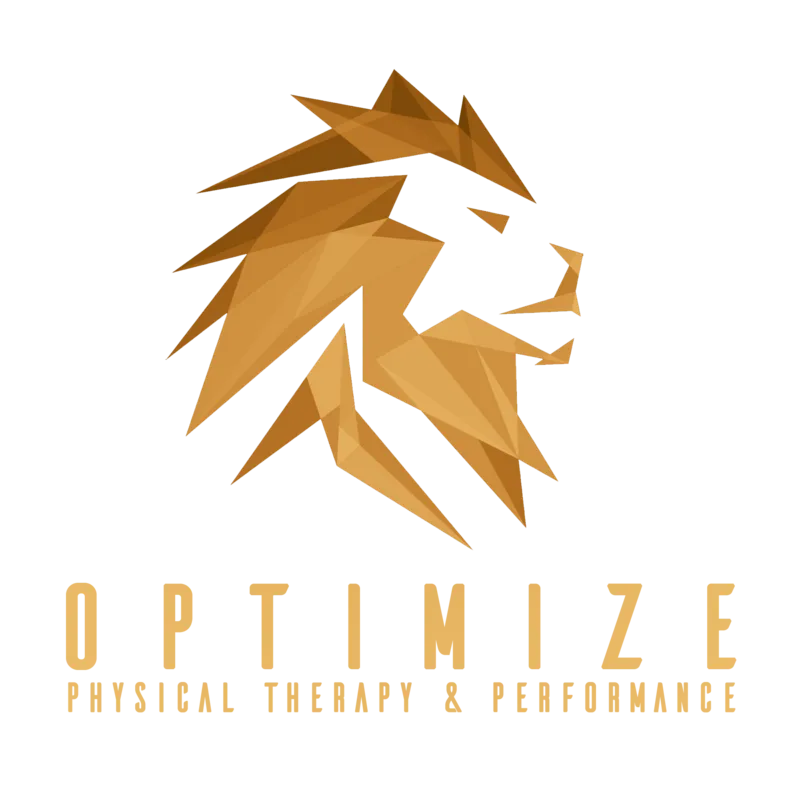Various types of therapy are used at our clinic for children, such as Cognitive-behavior therapy, Art therapy, Family therapy, and others. Generally, each therapy has its own specific purpose. It is important to find out which type of therapy is appropriate for your child before seeking help.
Cognitive-behavior therapy
Several studies have shown that Cognitive-behavior therapy is an effective treatment for depression and anxiety in children. The therapy involves learning to identify and change negative thoughts and behaviors. It is also effective for a number of mental health conditions. Cognitive behavioral therapy is also used to treat substance abuse in adolescents.
Cognitive behavioral therapy is a short-term approach that is designed to help children understand their emotions and behaviors. It can teach them new skills and behaviors that will follow them throughout their lives. The therapy is also a safe form of treatment.
In Cognitive-behavior therapy for children, clinicians use various techniques to help the child recognize and change negative thinking patterns. They also teach them new skills and behaviors to deal with problems in real-life situations. Cognitive behavioral therapy has proven effective in treating depression, anxiety, post-traumatic stress disorder (PTSD), and substance abuse.
Cognitive-behavior therapy for children has also been shown to improve emotional awareness, reasoning, self-control, and enjoyment. In addition, the therapy can help children to develop healthy relationships and improve their social skills.
The therapy is often conducted one-on-one, but it can also be done in a group. In the group sessions, clinicians work with the child and family. They teach the child and family how to change unwanted behaviors and increase positive behaviors.
Art therapy
Using Art therapy for children can be a good way to improve the physical, emotional, and behavioral health of children. It can also help kids cope with stressful situations and illnesses. Using expressive art therapy, kids can express feelings and ideas they may not be able to talk about, which can help them to learn to understand themselves.
Children are naturally creative. Using art therapy in our area kids can learn how to express their emotions and gain confidence. They may also gain an understanding of their insecurities and fears.
Many children and teenagers benefit from art therapy because it provides a safe place to explore and express complicated feelings. It may also give kids the opportunity to work through issues such as anxiety, stress, and trauma. It may also help kids to connect with others and develop social skills.
Art therapy is also a good way to improve social skills, which is important for regular development. During a therapeutic art session, children work together to create art. During this process, they will develop skills in self-expression, creativity, and teamwork.
Children who receive art therapy may be more likely to follow instructions and develop a sense of control. They will also be more likely to cope with stressful situations.
Art therapy is also a good idea for kids with special needs. Expressive art therapy is not only beneficial to children with emotional disturbances, but it can also improve motor skills and cognitive development.
Family therapy
Whether it’s an individual’s mental health problem or a family’s internal stressors, a family therapy can help resolve conflicts and improve communication. The best family therapists will be familiar with the process of opening up family wounds and working to heal them.
Some family therapists meet with the entire family, while others may meet with individual family members. Regardless of the mode of family therapy, there are some basic guidelines to follow.
First, an overview of the process should be given to the entire family. For instance, a three-generation genogram can help the therapist map out the relationships within the family.
During the process, a therapist might ask each family member about their personal experiences. They may also discuss the function of the problem within the family. This helps the therapist develop a strategy for dealing with the issue.
The therapist might also use a hierarchy map to explain boundaries and authority within the family. This can be a useful tool for explaining how one person can influence the behavior of another.
A family therapist might prescribe homework to change the way family members interact. A booster session might be recommended for outstation families. This is when the therapist negotiates more changes with the family over a couple of sessions.
If you’re interested in learning more about the different types of therapy we offer, including physical therapy and pediatric physical therapy, please don’t hesitate to contact us.


